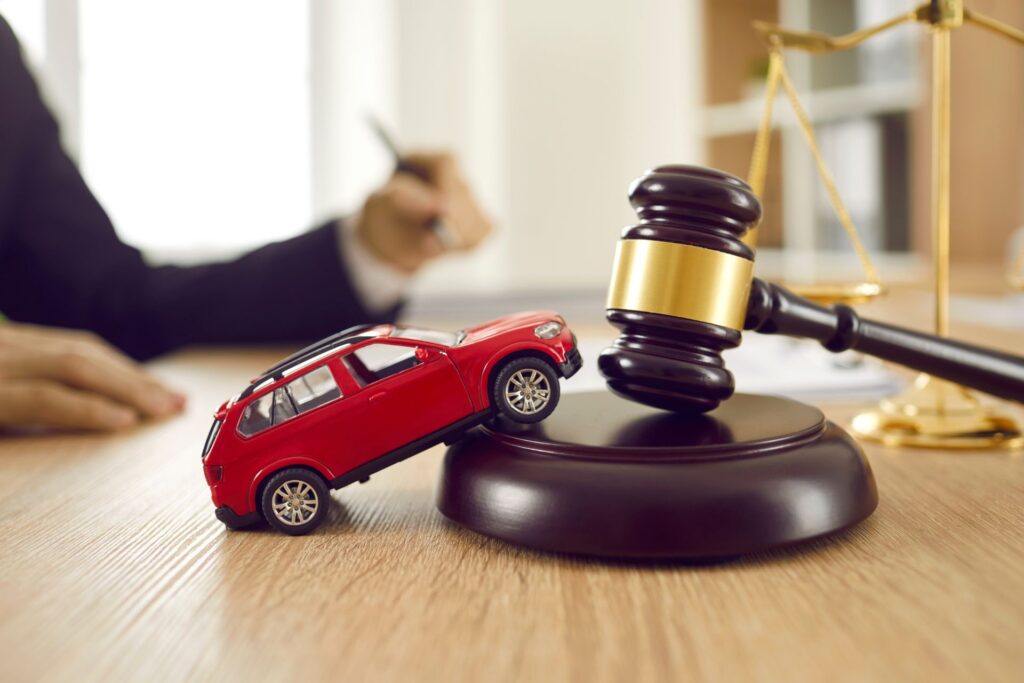Now Reading: Personal Injury Liability and How It Is Defined
-
01
Personal Injury Liability and How It Is Defined

Personal Injury Liability and How It Is Defined
Personal injury liability is when a person who caused the victim harm is liable to pay medical expenses, lost wages, pain and suffering, and other damages after the accident.
Private individuals or governments can be found liable for their negligent or wrongful actions. If a defendant is found guilty of causing harm through negligence, they should cover all losses incurred by the victim associated with the accident.
Elements of Personal Injury Liability
If you were injured by the careless or negligent actions of another person, a lawyer could help you identify the at-fault party. An attorney can build a strong case against the defendant and help you recover compensation.
1. Duty of Care
A duty of care is a duty to exercise due care towards others. In the civil context, it is said that the tortfeasor must have a responsibility to act with a reasonable degree of care and not cause harm to another person. The defendant must have breached that duty to be found liable for damages.
A duty of care may be absolute or qualified. A fundamental commitment means the defendant must act with the utmost respect and care. Find a Maryland personal injury lawyer who can assist you with your injury case and help you to recover your damages.
2. Breach of Duty
Breach of duty is the failure to fulfill a legal obligation in which the defendant’s actions caused injury to another. For a plaintiff to be successful, they must prove that there was a breach of duty by the defendant from whom damages are being sought.
3. Damages
The plaintiff can usually access economic and non-economic damages for the losses suffered after an accident. In extreme cases, they may also receive punitive damages. The latter is not meant to compensate the victim but to punish the defendant.
Economic damages include easily-quantifiable losses. These are usually supported by documents and bills. You may recover the following:
- Medical expenses
- Future medical costs
- Property damage
- Loss of earning potential
- Lost wages
Non-economic damages cover subjective experiences that can be more difficult to quantify. To create a complete picture of the effects the accident had on different areas of your life, collaborate closely with your lawyer. Non-economic damages can include:
- Pain and suffering
- Loss of enjoyment of life
- Emotional distress
4. Causation
Causation focuses on which of the defendant’s acts caused the plaintiff’s injuries. For a plaintiff to successfully plead their case, they must be able to prove that the actions of the defendant caused their injuries.
Examples of Personal Injury Liability
The rules and regulations governing personal liability vary by state. This is why it is crucial to consult a lawyer to learn how the law would apply to your situation.
Negligence is an act or a failure to act that leads to an accident. It can be exercised by a single person, multiple individuals, or an institution. The main elements for proving negligence includes duty of care, breach of duty, and proximate cause. Your lawyer can guide you through each stage.
An accident occurs when a person is injured or killed due to another person’s negligence. Intentional acts can also be considered accidents in some circumstances. If you or a loved one were involved in an accident, consult a personal injury lawyer to protect your right to recover compensation.
Personal Injury Liability Protection
Personal injury liability protection will vary from state to state. Personal injury liability allows the courts to have the right to enforce damages so that the victim is adequately compensated for the harm caused by another person’s negligence or intention.
Compensation is meant to help the victim rebuild their life after the injury. Depending on your case, you may recover compensatory and punitive damages. When the victim suffers an injury, they should be compensated for medical expenses, lost wages, pain and suffering, property damage, and other losses caused by the accident.

Early in his journalism college years, Kerry L. Tucker had a revelation: there were not nearly enough law communicators. Peoples’ difficulties in understanding the law, procedures, and how the justice system worked stemmed from the fact that no one took the patience to explain complicated matters to them. Therefore, he took upon him the task of helping people navigate legal matters easier. He works with attorneys and other legal journalists, and spends time doing research so that everyone – from a mother whose child got a bike injury to a company needing insurance counsel – to find the actionable answers they are looking for.









